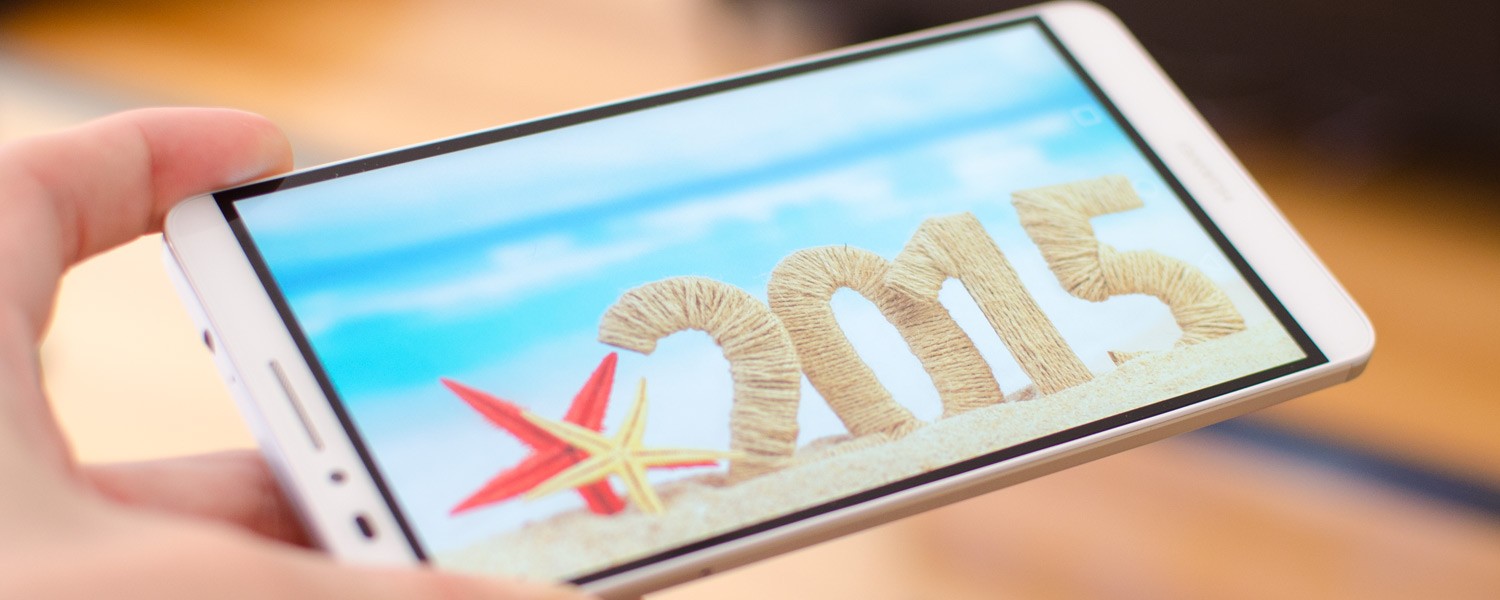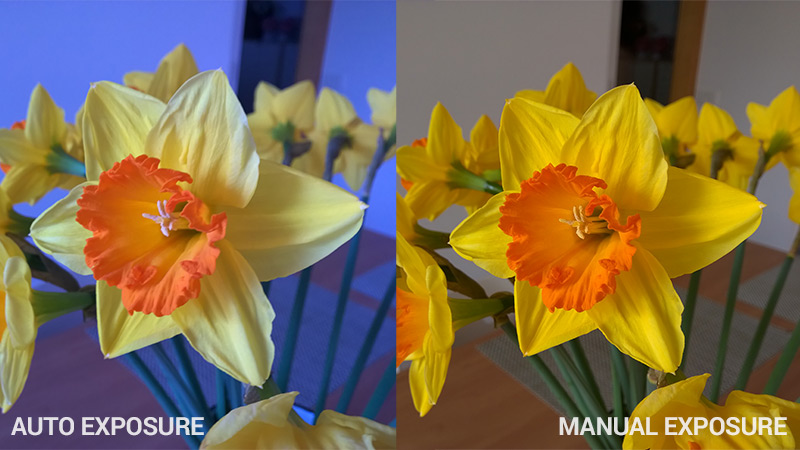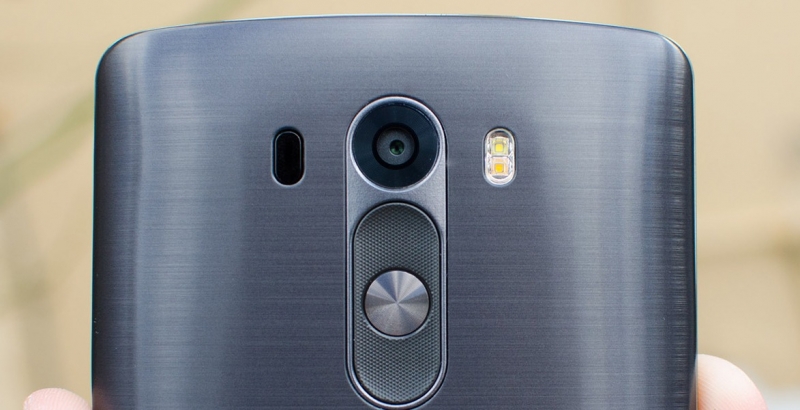Last year I made ten predictions about mobile tech. Some of them I got right: we saw displays go above 1080p, no interest in Windows RT, ubiquitous LTE, lots of affordable devices, no new battery tech, and slow 64-bit adoption. But not everything took off, with curved displays not really becoming a thing and cameras staying relatively the same.
As we now head in to 2015, it's time to make another ten predictions for what we might see in mobile throughout the year. Is the market set for a slowdown or will we see further noteworthy advancements? Only time will tell.
1Fitness Sensors Everywhere
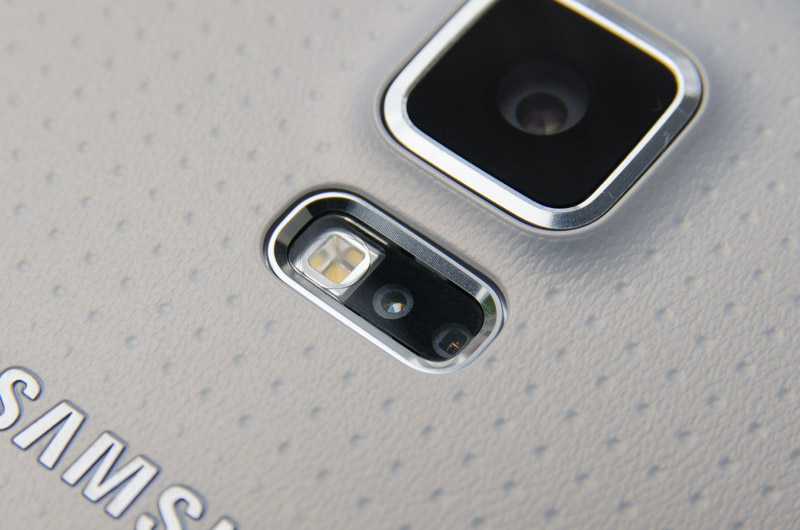
Fitness devices are exploding, and companies like Fitbit, Jawbone, Samsung and others are capitalizing on the craze. So in 2015, expect a ton of mobile devices to come with fitness hardware and sensors built in. You can bank on Samsung including another two or three in the Galaxy S6, but other manufacturers will look to cash in through low-power step and calorie counting, heart rate monitors and newer sensors like pulse oximeters and UV sensors.
With so many sensors in our phones and on our wrists, expect developers to harness this data in new, innovative ways. Tighter integration with wearables is also guaranteed, and I'm hoping we'll see some new hardware features as well. Skin temperature sensors maybe? Perhaps a sweat level meter?
2Quad HD with a Dash of 4K
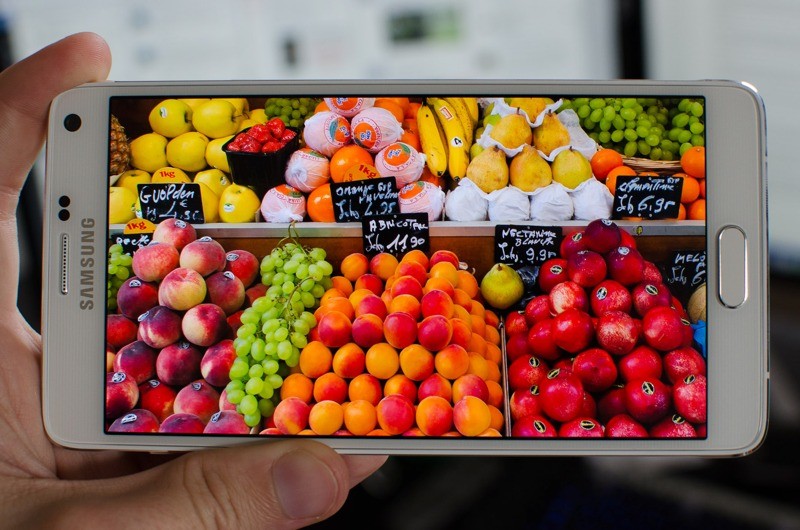
Last year we saw the emergence of Quad HD (2560 x 1440) displays in devices like the Motorola Droid Turbo and Samsung Galaxy Note 4. In 2015, we can expect that to become the norm across most flagships released in the year, especially those with larger displays. While I'm still not convinced of the benefits, upcoming more efficient displays and more powerful SoCs, should translate in less performance and battery life trade-offs compared to current-gen Quad HD devices.
I also expect Ultra HD displays to become a feature of high-end tablets and convertibles, especially in the 10 to 13" size range. With 4K TVs and monitors becoming cheaper, and content more readily available, it wouldn't surprise me to see flagship devices packing high-density 4K panels.
3Optical Image Stabilization
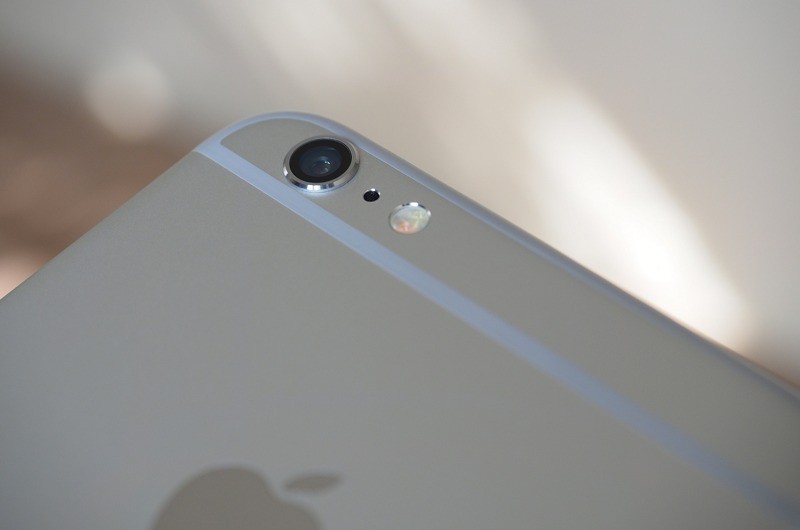
Flagship smartphones dating back to 2012's Nokia Lumia 920 have included OIS, which improves photography in lower light environments. But now that the iPhone 6 Plus has included the feature, alongside other flagships such as the LG G3 and Samsung Galaxy Note 4, expect it to become a mainstay in the feature set of 2015's high-end phones, especially as companies look to improve their smartphone cameras in less than ideal lighting conditions.
As for other camera improvements, I'd expect most to fall on the software side. Companies have already hit a sensible sensor-size-to-resolution ratio, so we're not going to see many changes on that front. But features like automatic HDR, simulated bokeh, and slow motion video could all use work, and adding new features wouldn't go astray.
4Insanely Fast LTE
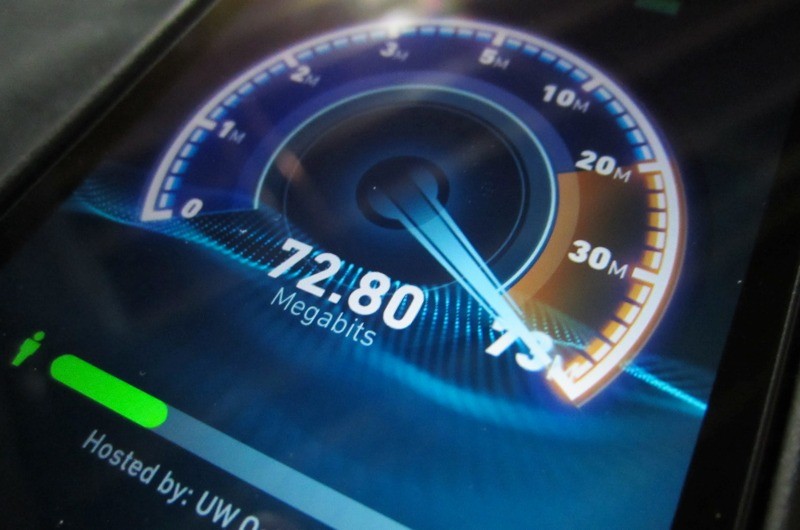
In Australia, where I reside, our cellular network providers are busy rolling out Category 6 LTE Advanced with speeds up to 300 Mbps downstream. While these are well above what many nations around the globe can achieve with standard Category 3 (100 Mbps) deployments, it's going to get faster in 2015. Several countries in Europe are trialing Category 9 LTE Advanced deployments with 3x20 MHz carrier aggregation for 450 Mpbs of downstream bandwidth. If Qualcomm can get Cat.9 modems on the market in 2015, we'll be able to download apps on our phones significantly faster than most fixed-line home connections.
5x86 to Take the Efficiency Crown
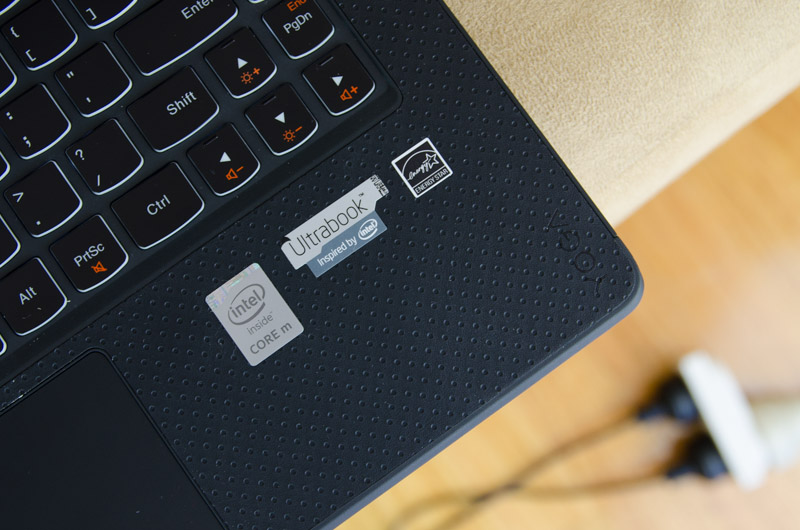
While ARM architectures have largely dominated the smartphone scene, one of the big battles to unleash in the mobile space is x86 versus ARM, and specifically which architecture and implementation can deliver the best performance vs. battery life. In 2014 this was slightly in favor of ARM, especially with Qualcomm's high-end chips, but in 2015 I can see the tide turning to favor x86.
Intel's Broadwell chips, while not as impressive as I would have liked in the Yoga 3 Pro, are more energy efficient than Haswell while delivering performance above a high-end ARM processor. With Core M leading the way, and Cherry Trail around the corner, energy efficiency is a major strength of x86. Now that Android natively supports x86 through ART and Android 5.0, I'll bet on most top-end tablets being powered by x86 internals, whether that's Intel or even AMD, the latter of which is also focusing on efficiency with their 2015 releases.
However, x86 isn't quite ready to push into the smartphone market, with most chips focusing on >4W devices. Intel recently released Moorefield and Merrifield chips for smartphones, but being based on Silvermont cores they're not ready to fully compete with the best ARM has to offer. Watch this space though, because Intel can very quickly come to dominate a market.
6 Serious Tablet Sales Slowdown
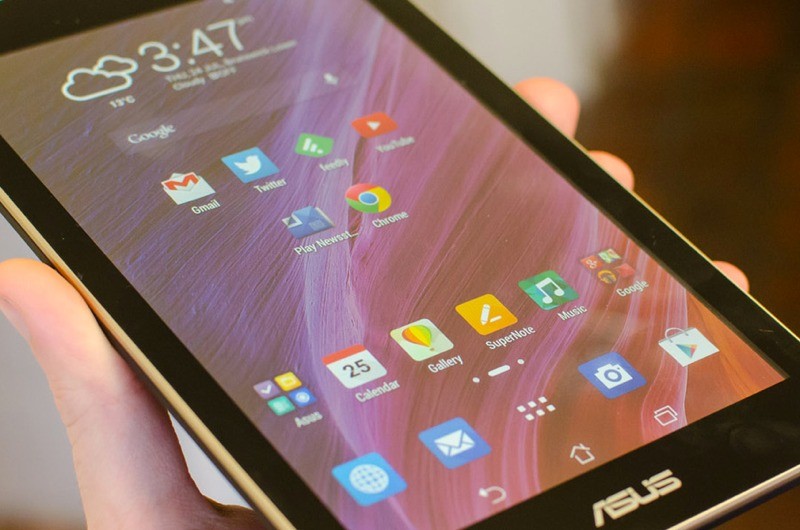
The time of the tablet is over. A few years ago touchscreen media consumption devices were all the rage, but now that many people already own one and aren't planning on upgrading, it's hard to see sales doing anything but dropping off severely. Combined with a lack of new and interesting technologies, the recent push for large-screen flagship smartphones, and the emergence of decent multi-mode laptops, the tablet is in for a hard time.
7Battery Life Over Form Factor
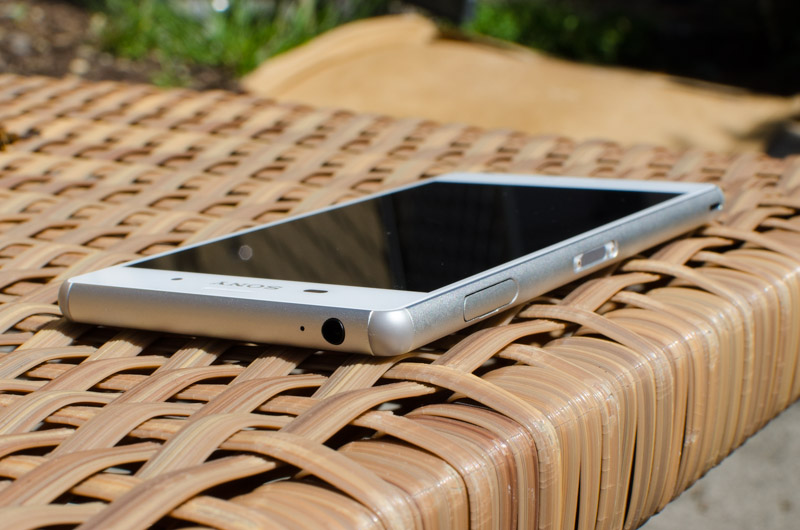
A number of companies realized in the last year that consumers want better battery life above everything else. With no new battery tech on the immediate horizon, the only way to be guaranteed longer life is to include a larger battery, often at the expense of form factor. In 2015, we can expect a shift away from super thin devices: manufacturers will want to put in larger batteries to guarantee multiple day battery life, and everyone will be happy.
8The Year for NFC Payments, Finally
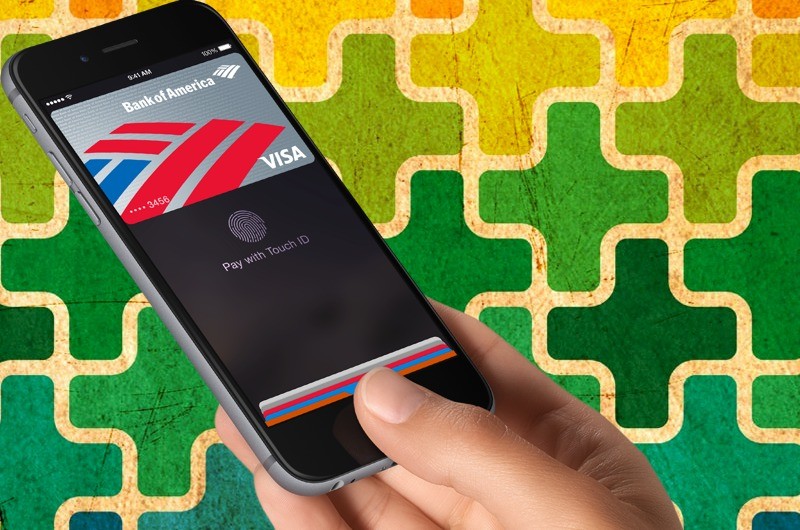
Most smartphones have included NFC for years, but there hasn't been a whole lot of functionality to accompany the short-range wireless chip. Apple, though, has been leading the way with Apple Pay, signing up numerous banks and retailers to their NFC payment system. If these establishments have finally agreed to implement 21st century payment systems like Apple Pay, we could see other systems expand to support payments through any device with an NFC chip.
Hopefully 2015 will be the year when mobile payments become mainstream and widespread.
9Project Ara Launch to Disappoint
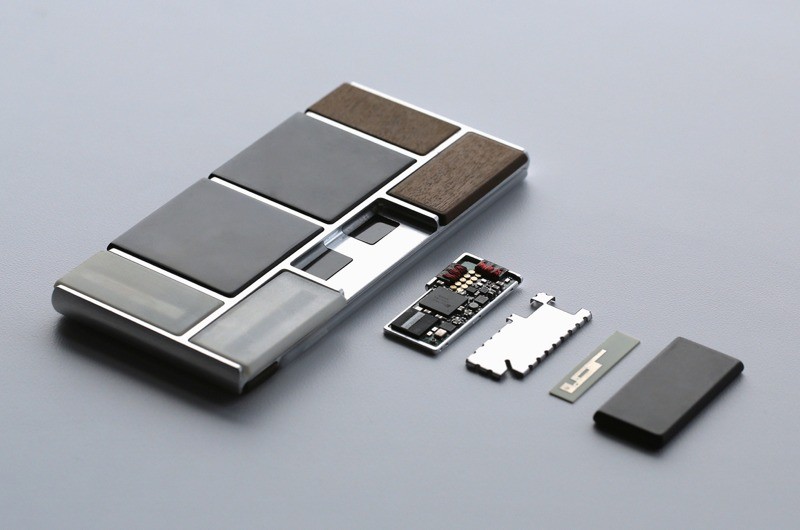
Google is expected to launch their modular smartphone known as Project Ara this year, allowing users to swap out components as they see fit. From what I've seen of the project so far, I believe the initial launch will be a disappointment, failing to live up to the hype and delivering overall quality well below what we've seen from non-upgradable smartphones.
This will mostly be down to issues with battery life, with Google being unable to deliver enough life from a single charge of a small cell, having to rely instead on awkward hot-swapping. Hardware swapping will be undoubtedly cool, but limited to begin with and too expensive. Come a second or third generation of the project things might be different, but initially it will be more about the concept and we'll likely be sticking with traditional smartphones.
10Focus on Software Features
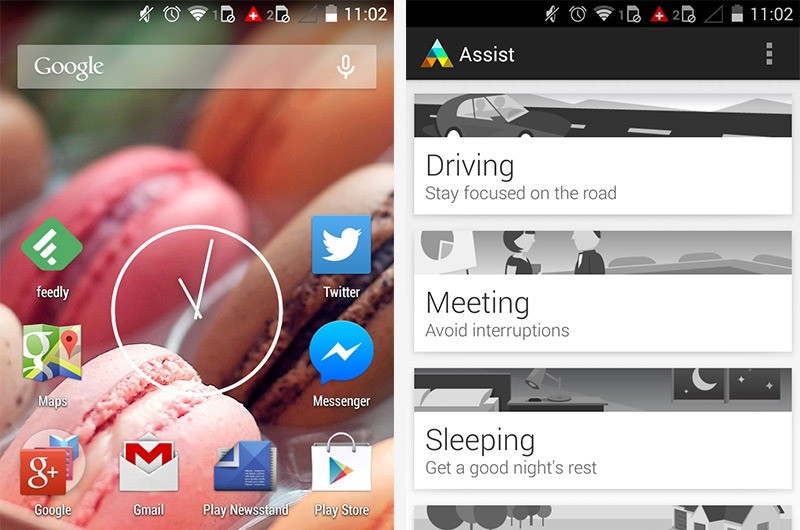
I don't believe we are in for an overly exciting year in hardware. We'll see incremental upgrades in SoCs from all the major players (most 64-bit), some improvements to camera sensors and optics, and perhaps better displays. Flagships won't be differentiating on hardware as much as they will software, so 2015 might be the year manufacturers double down on developing the best end user features they can.
I expect more contextual processing to expand on the already-robust Google Now ecosystem. Whether that's providing more fitness data and increased integration with wearables, or further always-on functionality like Motorola's smartphone voice commands, tighter integration with the services, or some other application we've yet to imagine, I'm all for better software.
